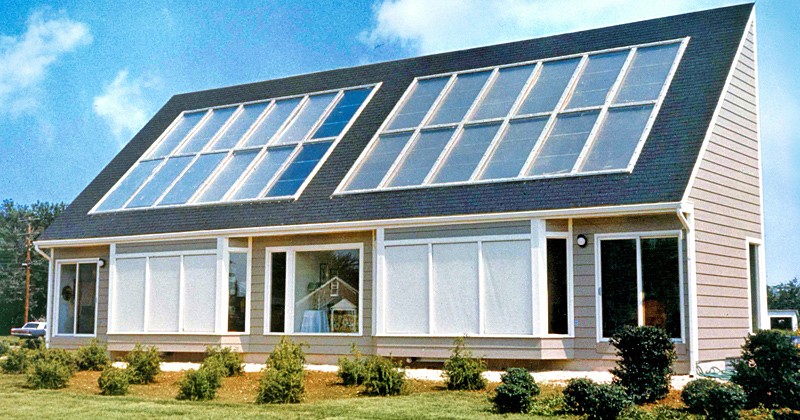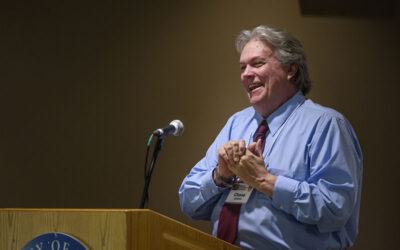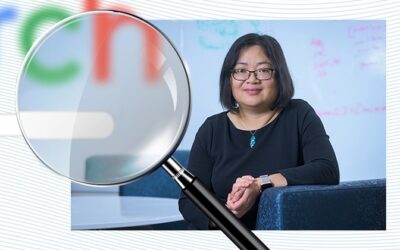UD celebrated IEC’s 50th year with a special event, including the 2022 Karl Böer awards, on Tuesday, May 3, 2022, at the Audion on UD’s Science, Technology and Advanced Research (STAR) campus.
In early 1972, University of Delaware physicist Karl Böer founded the Institute of Energy Conversion, and by November it had broken ground on its proof-of-concept — Solar One — the first house to be powered and heated by the converted energy of the sun.
Solar One, dedicated in 1973, was a two-bedroom house built just off S. Chapel Street in Newark, Delaware. The small, unassuming building still stands, but only its sharply angled roof offers any hint of its former glory days. It was built just a few months before the oil embargo, the first of several energy crises, and was an immediate attraction, drawing international coverage and more than 100,000 visitors from around the world in its first year.
Now, as IEC marks its 50th anniversary, finding ways to expand access to renewable energy — especially solar — has become a matter of urgency worldwide. The staggering environmental damage and pressures created by international conflicts and the increasing demand for energy all underscore the grave risks of continued dependence on fossil fuels.
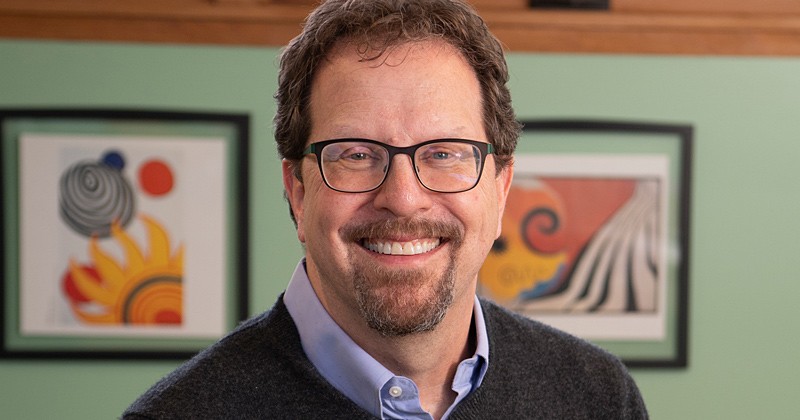
William Shafarman is the IEC director and professor of materials science and engineering at UD.
IEC brings a legacy of significant contributions to the task. It is the oldest solar research facility in the world and one of only two recognized as a Center of Excellence for Photovoltaic Research and Education by the U.S. Department of Energy. The IEC crosses a number of disciplines, including researchers from the Department of Electrical & Computer Engineering.
Extraordinary advances have been made in solar technology by IEC researchers, their collaborators and many other scientists and engineers around the world. As a result, solar is now the least expensive way to make electricity in many places.
“What excites me about the future of IEC and solar research in general is that there is now a very strong and clear awareness of the need for renewable carbon-free energy,” said Steven Hegedus, senior scientist at IEC and a professor of electrical and computer engineering.
“It’s not like we have to convince people anymore. Everybody has homes in their communities, in their neighborhood or in their development that have solar on them. There are billions and billions of dollars going into clean technology and solar is one of the biggest beneficiaries of that. The question is, can we get this all to happen quick enough to offset the worst effects of climate change that we’re headed toward?”
Hegedus was also the first resident of Newark, Delaware, to install solar panels on his home, which is registered with the state as Solar Two, a name chosen in homage to Solar One.
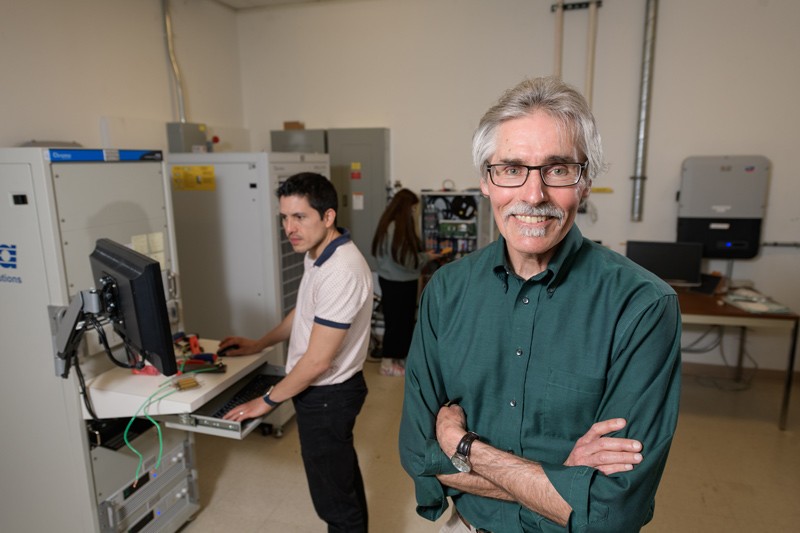
Steven Hegedus (right) is a senior scientist at IEC and a professor of electrical and computer engineering.
“People had to build and design things by hand,” said Hegedus, who has been at IEC for about 40 years. “Even the switches in the house were different from conventional switches. So they designed a house that was intended to be totally powered by the sun and that meant not just the electricity coming from the solar modules on the roof, which — by the way — were made by graduate students here at IEC because there were no commercially available modules at that time. But they also had to store heat in the form of passive heating as well as active heating. They had fluid running through a different type of solar collector on the roof and they would store that heat in big tubs of salt that were in the basement so that the heat could be used at night to heat the building. It also could store cooling during the day and release that cooling at night.”
Both Hegedus and Ujjwal Das, associate professor of ECE, are leading efforts to continue the 50 year legacy of the IEC. In 2021, the University’s first research solar array was installed in a project Hegedus directs. It includes an energy hub and will be important in research related to integrating solar energy into the electricity grid in new ways. Other areas of research include Das’ focus on ways to make silicon solar cells better by incorporating thin films to improve performance and reliability with lower cost than conventional manufacturing.
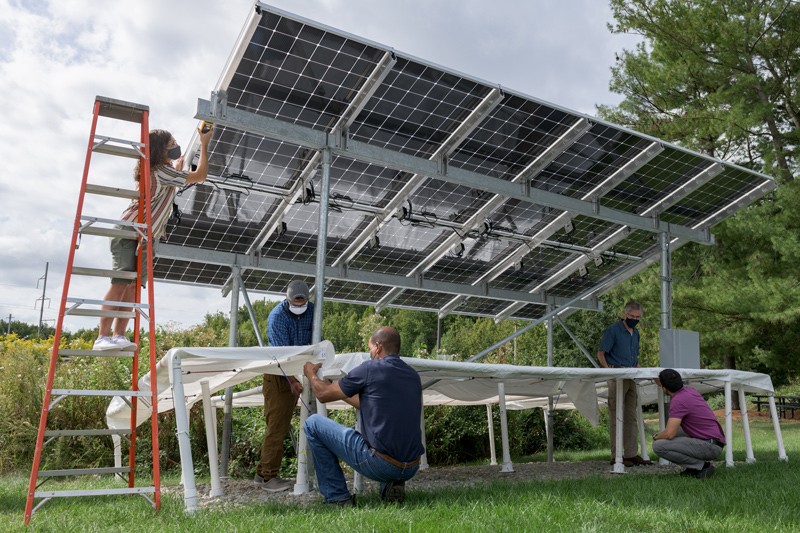
A new solar array that incorporates bifacial solar modules (those that absorb the sun’s energy from the top side and the bottom side) was installed outside the Institute of Energy Conversion in 2021, offering new research capacity to students and other researchers. Among those working on the array in this shot are (left to right): undergraduate Ryan Purnell (on the ladder), Kunal Vohra, a recent UD graduate student, IEC research technician Shannon Field, Professor Steven Hegedus, leader of the project, and doctoral student Sergio Sepúlveda.
“It’s not enough to just focus on the solar module, which had been the focus for maybe the first 35 or 40 years of this,” Hegedus said. “We have to look at how we are going to integrate vastly more renewable energy onto the grid because we all know that’s what we need to offset the worst effects of fossil fuel electric generation.
“We need to be deploying a lot of solar modules and wind power on the grid. But how do you do that when we’re working with last century’s grid? It was built for centralized power plants that distributed energy in one direction, namely from the power plant through the transmission line to the local user.
“Now we have local users who are generating electricity. So you’ve got a grid where power is flowing in different directions than it used to, generated by people who are not utilities — by homeowners, by business owners, by farmers. And that introduces a whole set of both technology challenges and regulatory and policy challenges. Trying to resolve all of these equitably is where we’re at today.”

